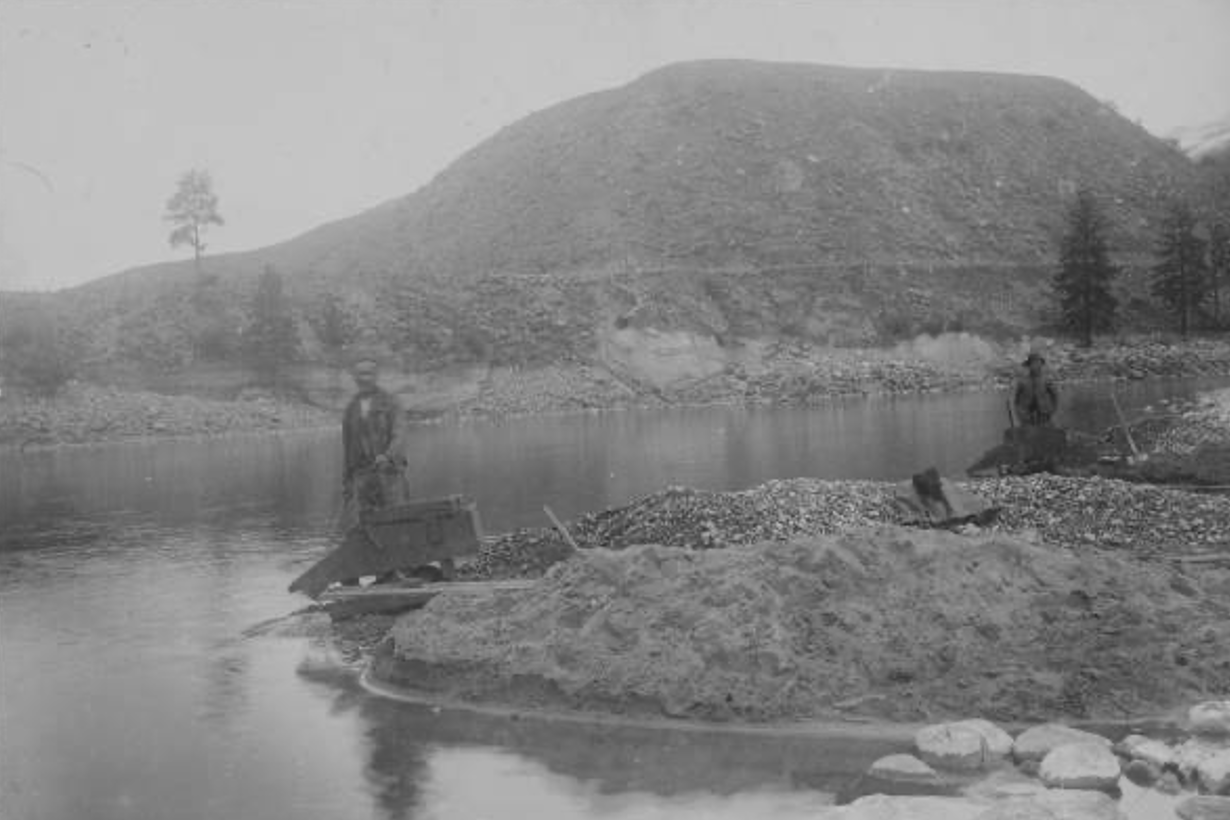
PORCELAIN, 2009
The Hells Canyon Massacre of 1887 is a haunting episode in Northwest history that has inspired artistic reflection on themes of violence, erasure, and remembrance. On May 25, 1887, a gang of seven horse thieves brutally murdered 31 Chinese gold miners in Oregon's Hells Canyon, the deepest river gorge in North America.
This tragic event occurred against the backdrop of widespread anti-Chinese sentiment and violence in the American West during the late 19th century. The Chinese miners, who worked for the Sam Yup Company based in San Francisco, were known for their skilled placer mining techniques. They carefully extracted gold from the rugged terrain using methods like hand-washing rocks and constructing elaborate flumes and ditches.
The massacre site, where Deep Creek meets the Snake River, is surrounded by towering rock formations that create a natural amphitheater for this dark chapter of history. While details of the attack remain disputed, the brutality and scale of the killings are clear. This event is considered one of the worst atrocities committed against Chinese immigrants in the American West.
For over a century, the massacre was largely forgotten until 1995, when county clerk Charlotte McIver discovered hidden trial records. This rediscovery sparked renewed interest in commemorating the victims and grappling with this painful history through art and memorialization.
Some Northwest artists have been inspired to create works that engage with the massacre's themes using minimalist and modern art approaches. These pieces often incorporate elements that evoke the harsh landscape of Hells Canyon - its immense scale, unforgiving terrain, and hidden histories. By layering paint, altering photographs, or using reflective surfaces, artists attempt to illuminate this obscured history and prompt reflection on how violent events echo through time.
Only ten of the massacre victims' names are known: Chea-po, Chea-Sun, Chea-Yow, Chea-Shun, Chea Cheong, Chea Ling, Chea Chow, Chea Lin Chung, Kong Mun Kow, and Kong Ngan. This partial list serves as a poignant reminder of the individual lives lost and the challenges of fully reconstructing marginalized histories.
Through various artistic interpretations, the Hells Canyon Massacre has become a focal point for exploring themes of racial violence, historical amnesia, and the complex legacies of the American West. By engaging with this difficult past, artists and historians alike seek to honor the victims' memories and prompt critical reflection on issues of justice and inclusion that still resonate today.


